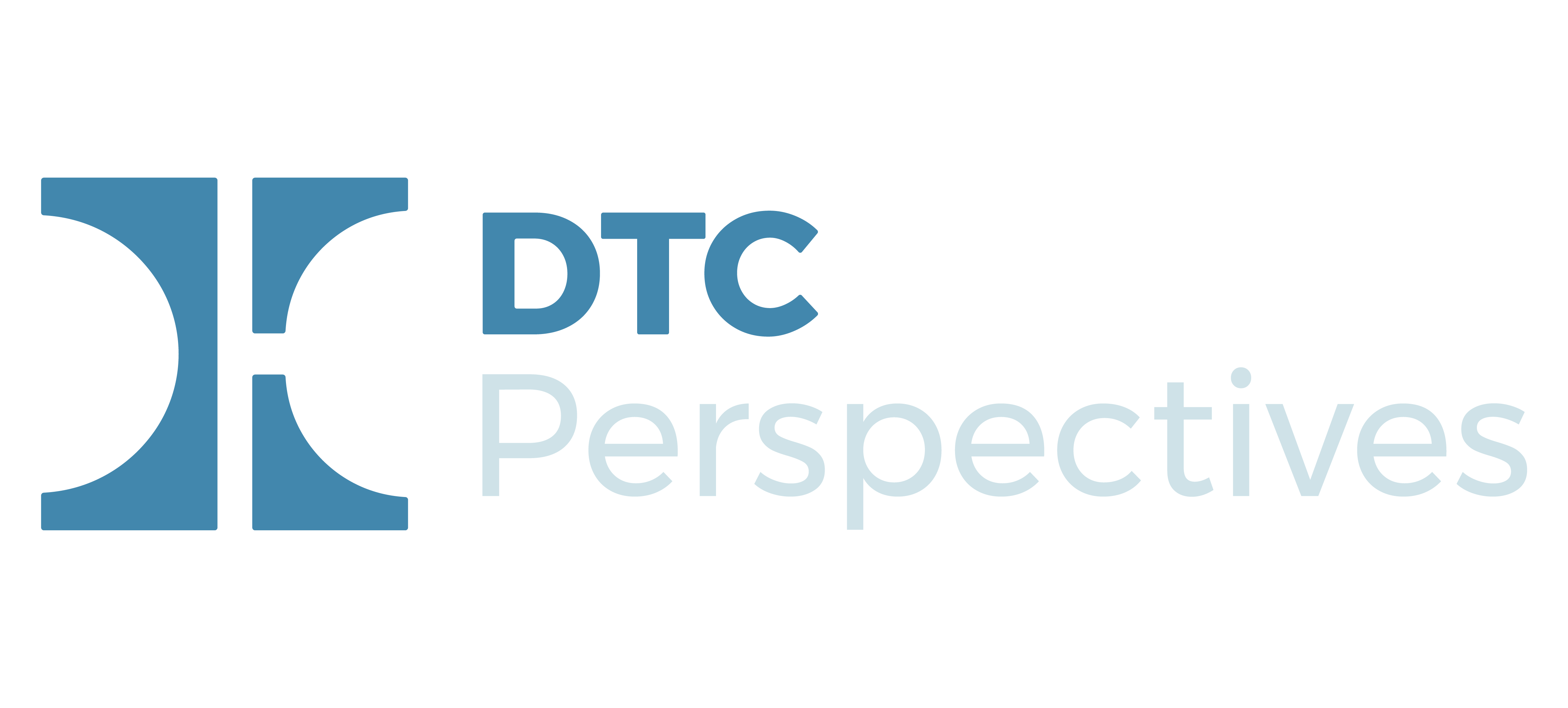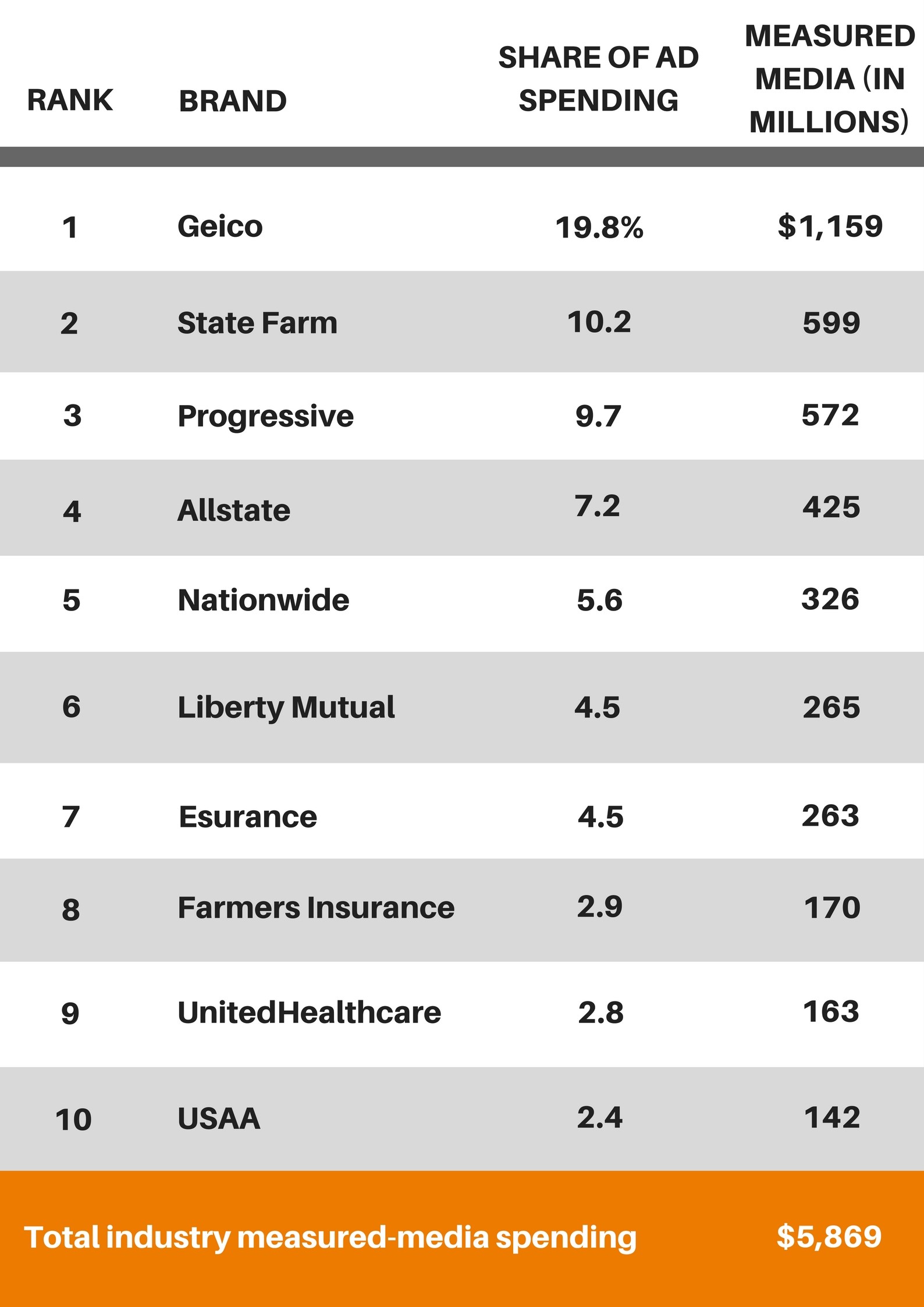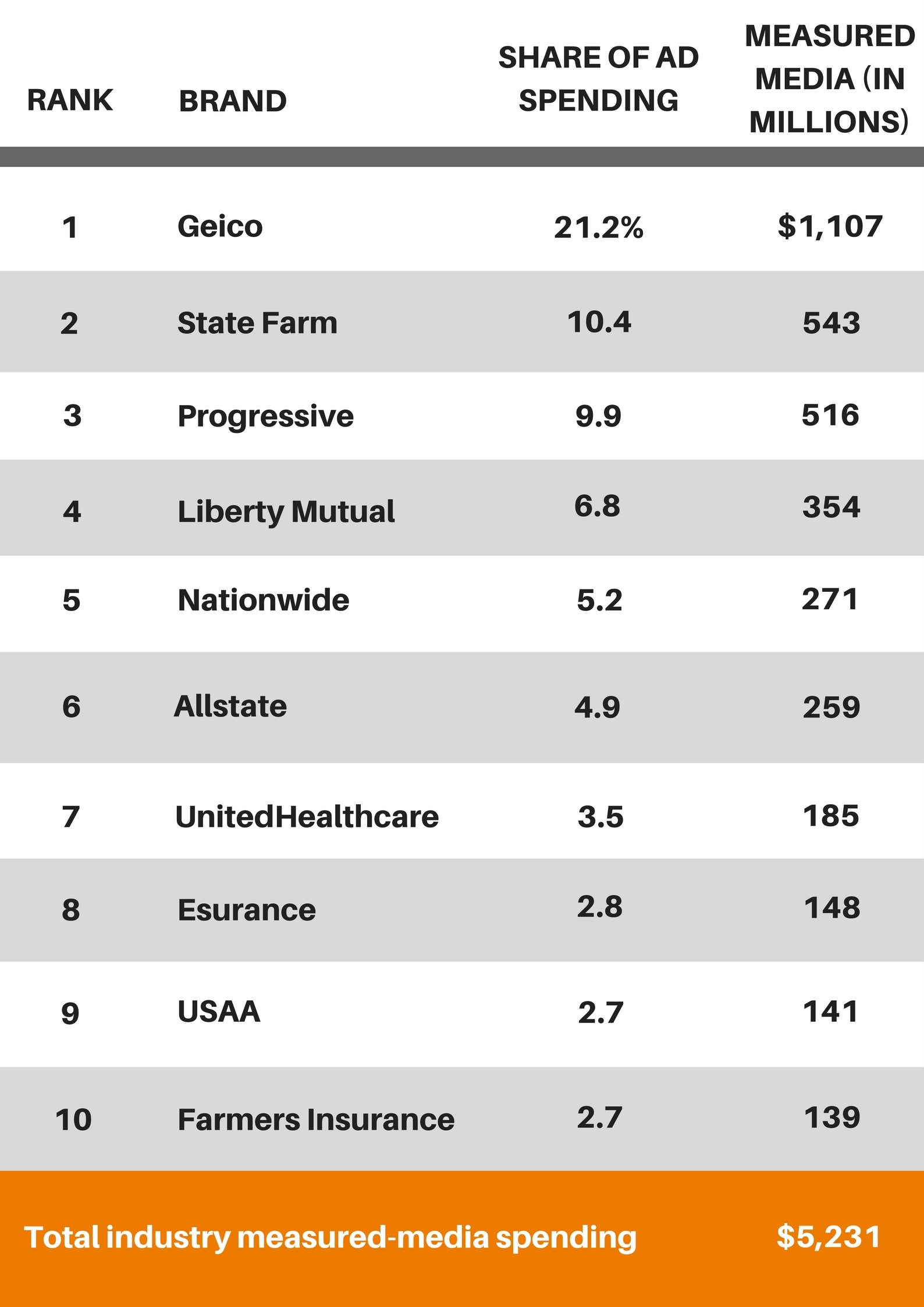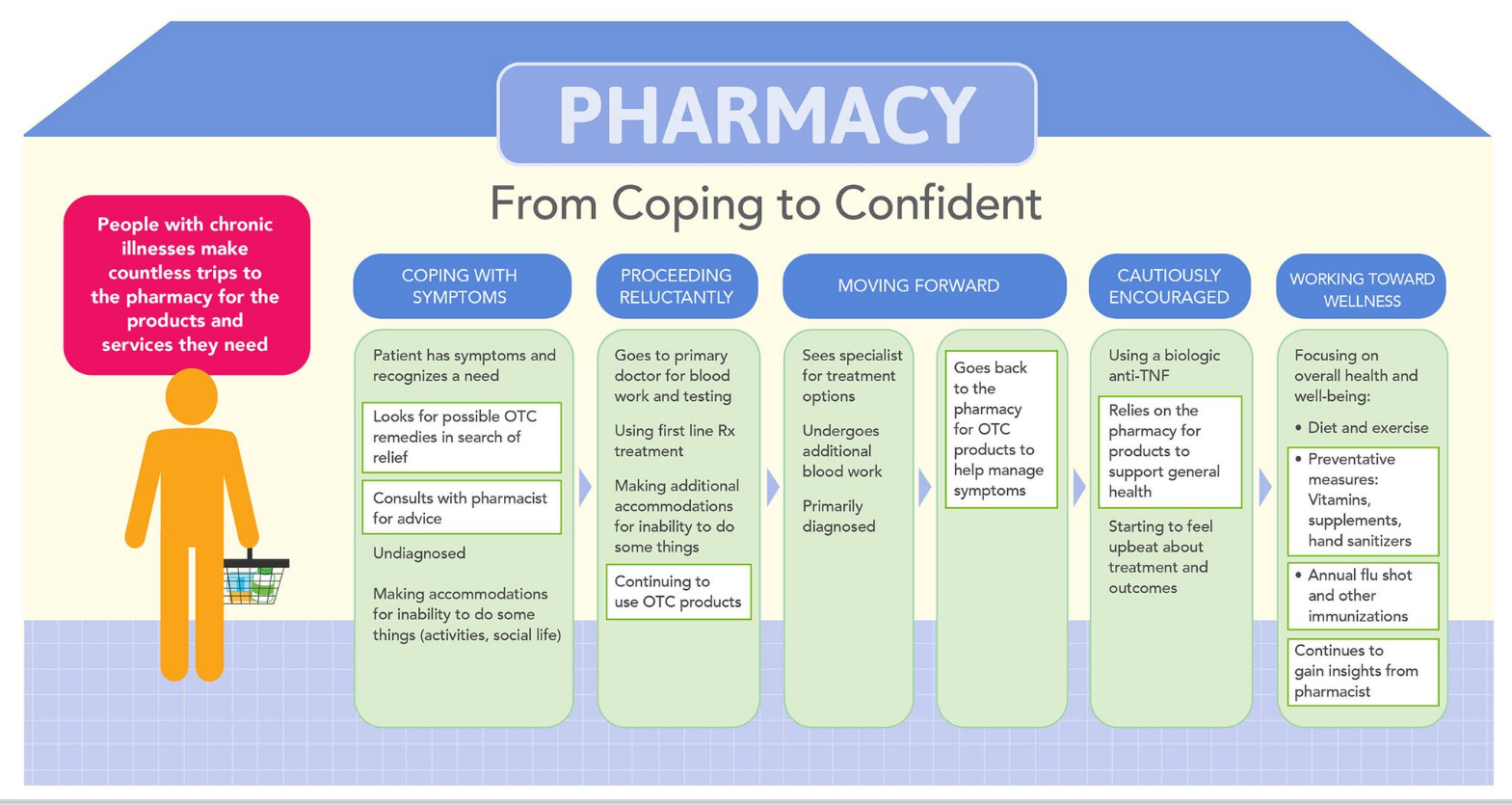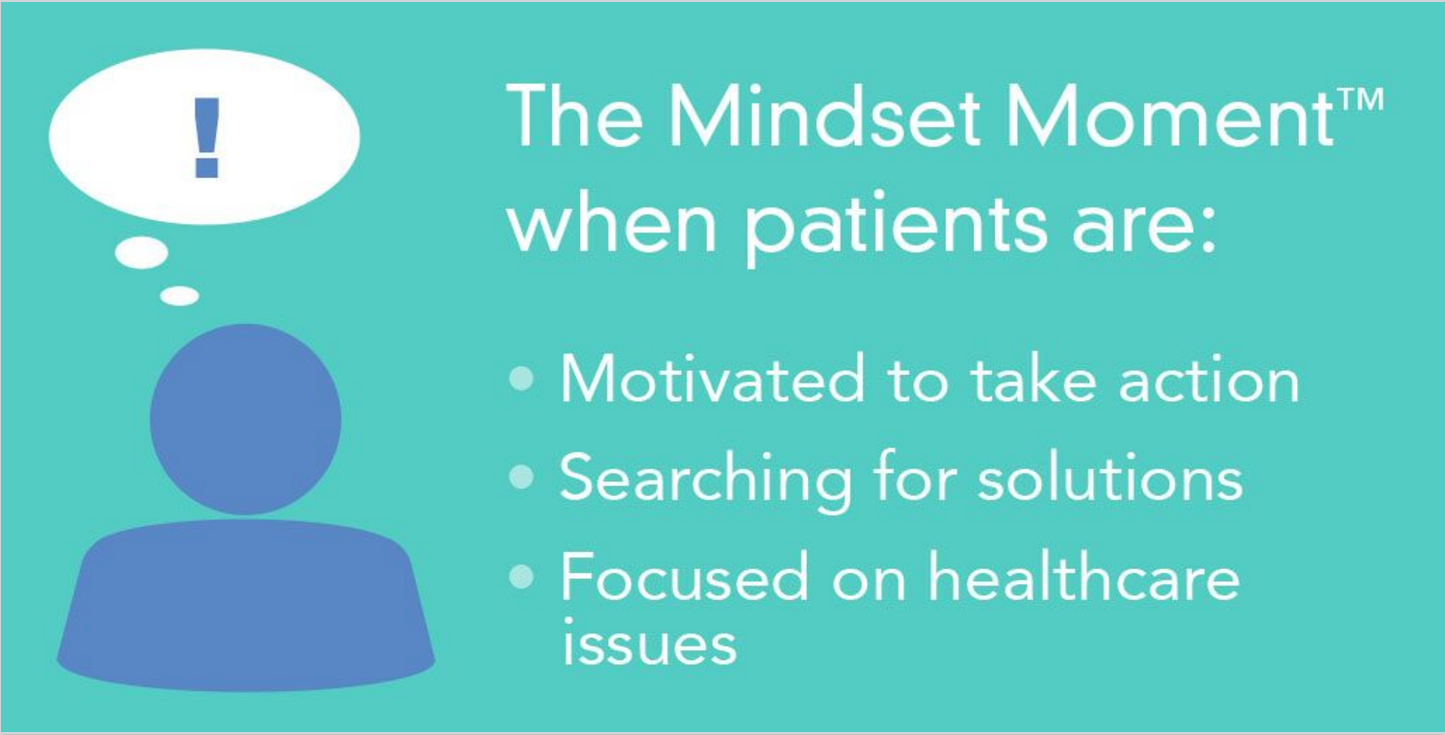The concept of coaching is pervasive in today’s culture with many popular forms: life coach, fitness coach, personal coach, wellness coach, and behavioral coach. Regardless of the topic, coaches help us to take the next step towards achieving our goals. But understanding the purpose behind behavioral coaching is particularly important as we seek to meet patient needs. Behavioral coaching uses evidence-based clinical strategies and interventions to engage patients in behavior change to better self-manage their health[1]. The ultimate goal is to improve health outcomes, lower risk, and decrease costs[2].
Using behavioral science to address adherence barriers is not new to sponsored patient support; in fact, behaviorally based programs have been around for years. However, the application of live, two-way support to identify barriers in real time and deploy specific messaging, resources and coaching support is on the rise.
Digging into behavioral barriers and their importance
Behavioral coaching encourages a two-way, patient-led conversation to uncover barriers to adherence, express empathy, and offer personal support that results in a collaborative action plan to maximize adherence.
Results demonstrate that frequent, personalized interactions with patients create opportunities to reinforce messages about adherence and allow patients to take an active role in managing their own healthcare. By using behavioral-based techniques, pharmacists and trained contact center agents can help deliver impactful conversations with patients.
Increased financial responsibility for rising healthcare and drug costs is a significant issue. However, most non-adherence is not due to drug cost. It is estimated that 69% of the problem is behavioral, such as perceived benefits, poor doctor-patient relationship, medication concerns, or low self-efficacy[3].
Leveraging behavioral coaching techniques
In order to be impactful, therapeutic class insights can be critical to truly understanding patient needs and delivering support that drives improved outcomes. While each patient’s situation may be unique, our experience in behavioral coaching reveals similarities across therapeutic conditions which can be used to infer best practices in addressing patient challenges across brands and patient populations. For example, sensitive conditions (HIV, hepatitis C) have social implications that may require more empathetic messaging than more mainstream chronic conditions (diabetes, hypertension). Patients with a visible dermatological condition (psoriasis, onychomycosis) often face quality of life issues that may require significantly different support.
Helping to overcome these barriers is individualistic in nature, and takes investment, patience, and experience. Behavioral conversations can identify a patient’s position on their treatment paradigm, help them to clearly define their treatment goals, and create a path to reach those goals with dynamic support provided at every step along the journey.
Alignment of goals between the coach and the patient is one of the most important steps in improving outcomes. Patients are more likely to succeed if goals have personal meaning, as opposed to focusing on achieving an external reward or avoiding punishment. A patient’s active engagement is the key to setting goals designed to help them commit to behave consistently and have greater focus on attaining a goal.
Techniques like active listening and reflective response involve patients digging deeper into their personal barriers, which is critical to help set goals, as well as work towards achieving them. Both techniques require focus and effort. It is more than simply listening in order to reply, but listening to understand – not just the words, but the emotion behind the words, that influence the patient[4].
Patient-centered behavioral coaching is designed to help patients determine the way in which THEY believe they need to change their behaviors to achieve their goals. Patients who feel listened to are more comfortable with the care they receive and are more likely to adhere. The way in which the coach responds is equally as important as listening[5]. A good example is smoking cessation. While a smoker knows that smoking is bad, telling the patient to stop rarely, if ever, encourages them to do so and often forces them to defend the very behavior we are attempting to influence. As a result, the patient resists, and presents arguments to counter the proposed change.
How coaching can build an integrated brand experience
Behavioral conversations are designed to “meet the patient where they are,” but this also can refer to the channels through which patients can be coached. The same patients can be touched across multiple channels to enhance the overall patient experience and outcomes. Paramount to building a consistent, impactful support program is to place the patient needs in the center, then build an integrated experience across channels, internal stakeholders, and budgets. Channels where pharma brands may reach patients through coaching include:
 Phone Coaching: Research shows that phone coaching for people with chronic conditions can improve health behavior, self-efficacy, and health status. Planned phone coaching sessions appear to be most effective for improving self-management skills in people from vulnerable groups. Phone coaching services have the advantage of regular contact – helping people develop their skills over time – and the tailored conversations allow the coach to support the patient’s individual needs[6].
Phone Coaching: Research shows that phone coaching for people with chronic conditions can improve health behavior, self-efficacy, and health status. Planned phone coaching sessions appear to be most effective for improving self-management skills in people from vulnerable groups. Phone coaching services have the advantage of regular contact – helping people develop their skills over time – and the tailored conversations allow the coach to support the patient’s individual needs[6].
Using dynamic, two-way conversations, coaches can identify adherence barriers and provide targeted messaging to help overcome those barriers, connecting with patients using proven health behavior change tools and techniques. This approach can, with proper consent from the patient, also align personalized messaging with a patient’s co-pay program level data, as an example. Recognizing that adherence barriers change over time, as well as patients’ information and education needs, brands can integrate out-bound support and multi-channel communications to maintain personalized support for patients throughout their treatment journey.
Diabetes Coaching Case Study
Adherence Barriers: The life of a diabetic patient is a juggling act to maintain glycemic control: blood-glucose testing, exercise, and diet. Many Type II diabetics struggle with the condition from the point of diagnosis, and consequently have feelings of failure if they progress to an insulin-dependent state. These issues create multiple challenges to medication adherence, and disease and blood-glucose management. It’s easy for these patients to feel out of control with the regimen complexity and the associated long-term complications. Studies show a significant number of patients don’t take their medications as prescribed, which may reduce effectiveness and lead to additional complications. Increasing adherence in diabetic patients is a tri-pronged approach and an important consideration when supporting the patient.
Program Goal: Improve adherence through providing behavioral coaching individualized to the needs of patients segmented on level of engagement. Results demonstrated that patients who were coached were 25% more adherent to therapy vs. control during a 9 month study. This 25% increase in adherence translated to an increased length of time on therapy of nearly 31 days. The primary conclusion proved coaching increases adherence and is effective across all behavioral segments.
Symphony Health Analytics, 2016
- Hub Support: Delivering a consistent experience through all patient support programs, from therapy initiation and throughout the patient’s journey, is increasingly important. Many brands have different decision makers leading these initiatives, resulting in a lack of integration between various hub services, patient support programs, and co-pay card vendors. This lack of integration leads to a disjointed patient experience and a missed opportunity to maximize patient impact. Integrating access with adherence is crucial to a patient’s success – and coordinating that support, data integration, and a seamless patient experience, increases patient success.
- Specialty Pharmacy: With the dosage complexity and costs associated with specialty medications, pharmacies offer varying levels of patient support. When building a comprehensive patient support program, it is critical for brands to understand how the pharmacies’ approach to patient support compliments its distribution model and patient experience goals. For example, Biologics, one of the leading specialty pharmacies in the country, provides patient support through oncology nurses, who are experts in setting appropriate expectations, providing empathy, identifying psychological challenges, and linking the patient to brand approved resources.
The use of behavioral coaching is growing significantly within oncology to support patients moving from an end of life diagnosis to living with a chronic disease. The unique characteristics of oncology patients present complex challenges that impact the best approach to help patients achieve positive outcomes with emerging, specialty pharmacy treatments.
Improving medication adherence
To effectively combat non-adherence, industry must explore patient-centric approaches that increase adherence rates and improve patients’ quality of life. This requires a shift from short-term initiatives to longer-term strategies, recognizing that behavior change takes time.
Behavioral coaching conversations that leverage powerful tools, such as active listening, open ended questions, and reflective response have consistently increased adherence. These conversations allow patients to dig deeper into their own personal barriers, to help coaches and clinicians set appropriate product expectations, leverage available resources, and develop a plan of action to prevent non-adherence. Ultimately, the strategic balance between patients’ needs and brand goals results in a scalable adherence solution that builds patient engagement, giving brands the ability to optimize patient spend and identify communication strategies most likely to meet the needs of targeted patients.
References
[1] Huffman M., Miller C. (2015). Evidence-based health coaching for healthcare providers (3rd ed.). Winchester, TN: Miller & Huffman Outcome Architects, LLC. Google Scholar
[2] Judith H. Hibbard and Jessica Greene What The Evidence Shows About Patient Activation: Better Health Outcomes And Care Experiences; Fewer Data On Costs Health Affairs 32, no.2 (2013):207-214 doi: 10.1377/ hlthaff.2012.1061
[3] http://lab.express-scripts.com/lab/insights/adherence/a-new-perspective-onnonadherence; http://healthitanalytics.com/news/69-of-medication-non-adherencedue-to-poor-patient-behaviors
[4] http://www.guilford.com/books/Motivational-Interviewing-in-Health-Care/RollnickMiller-Butler/9781593856120/reviews
[5] http://www.guilford.com/books/Motivational-Interviewing-in-Health-Care/RollnickMiller-Butler/9781593856120/reviews
[6] (Aust Health Rev. 2013 Jun;37(3):381-8).

